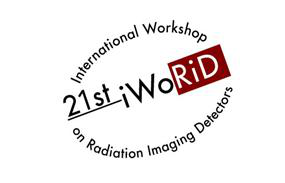Speaker
Description
We present results of the thermal vacuum testing of Timepix family based detectors with respect to the effects on their properties, sensitivity and behaviour under non-standard conditions. Readout ASIC chip bump-bonded with semiconductor detector was thermally coupled to a small aluminium block. This block was thermally stabilised using a PID controller and a three-stage Peltier element. This arrangement, located in the vacuum chamber, allows the detector to be tested under defined temperature settings ranging from -30 °C (resp. -40 °C) to +80 °C. Results of this testing help to strengthen the knowledge regarding the behaviour of the base part of the detector under extreme conditions. They can be used to improve results and minimise external influences, for example in space applications like VZLUSAT, LUCID or SATRAM, but also in other fields where temperature stabilisation of the detector is very difficult or energy-consuming. In these cases, thermal cycling of the detectors occurs, for example, due to the orbit and thus distortion of the measurement results either by changing the noise edge (threshold) but also the energy spectra can emerge. Based on detector behaviour knowledge, a procedure (an algorithm) can be designed to minimise this effect of distortion while maintaining the reduced requirement for temperature stabilisation and cooling. The experiments were performed on a detector chip equipped with a 300 µm thick Si sensor.




